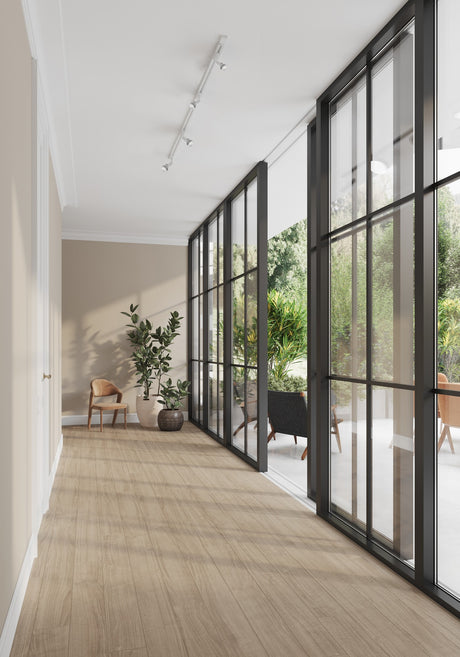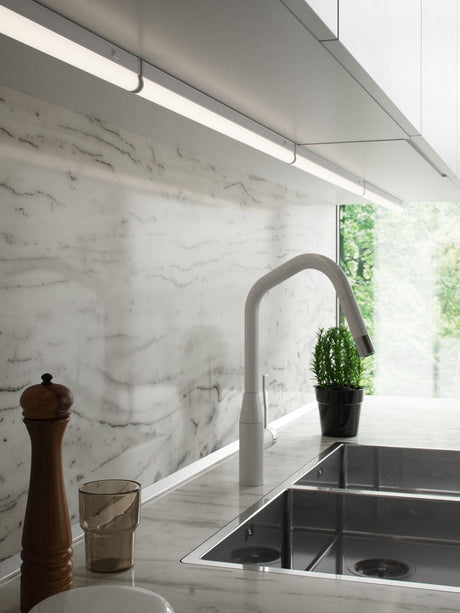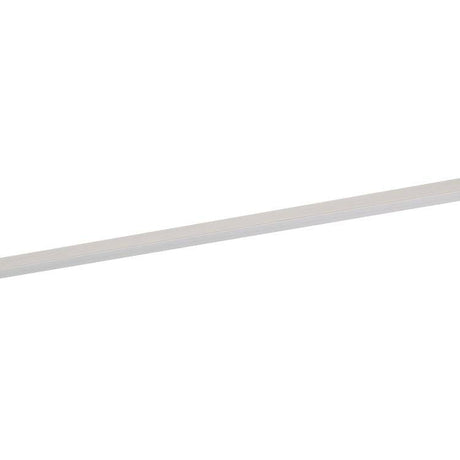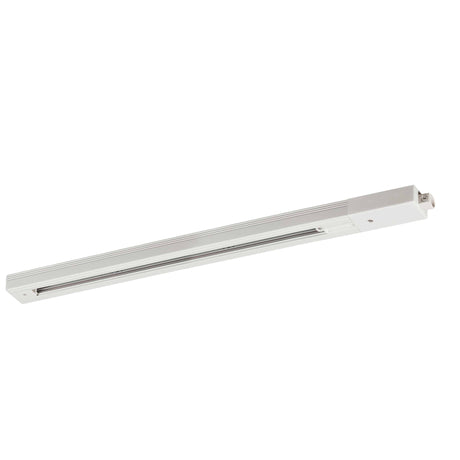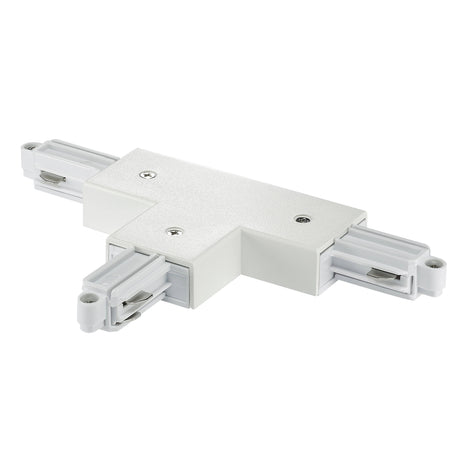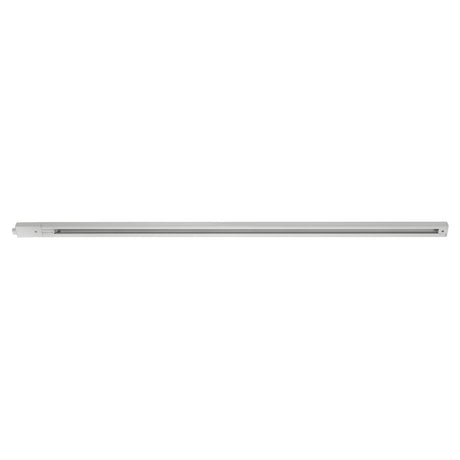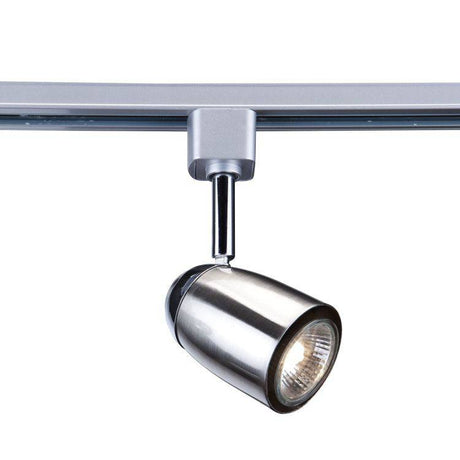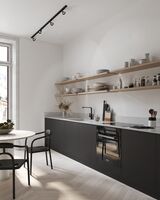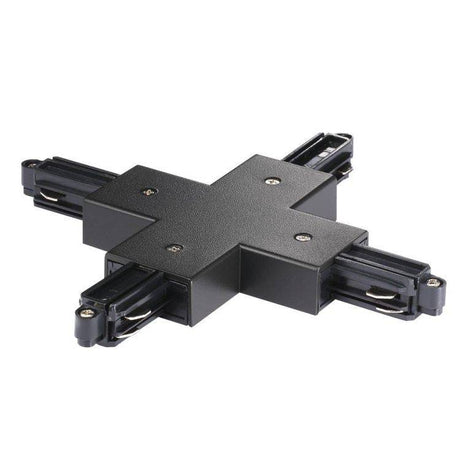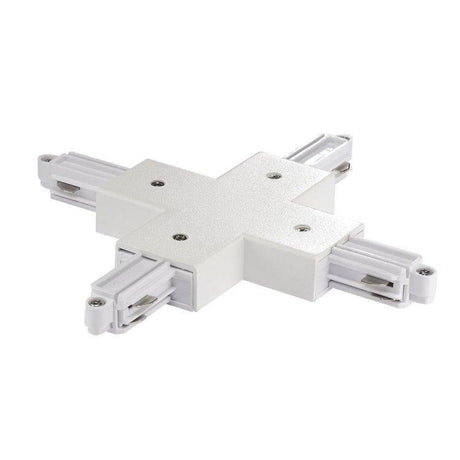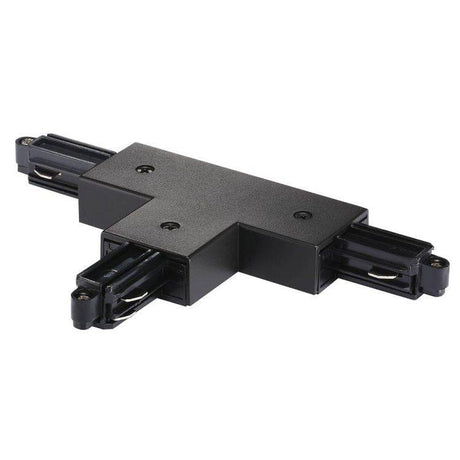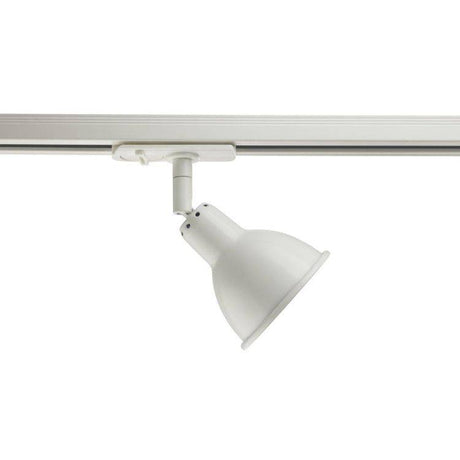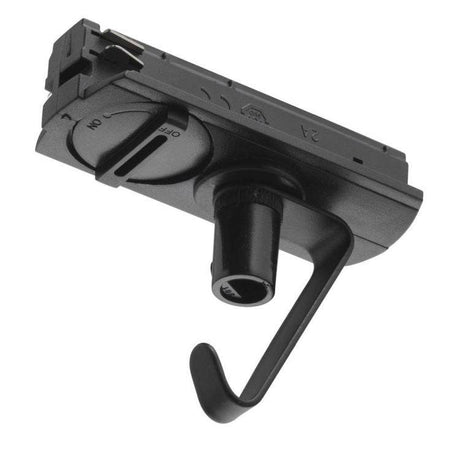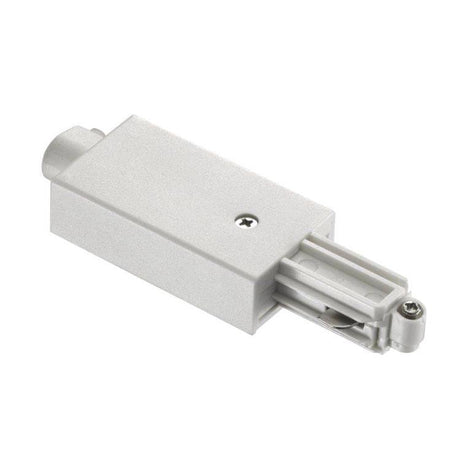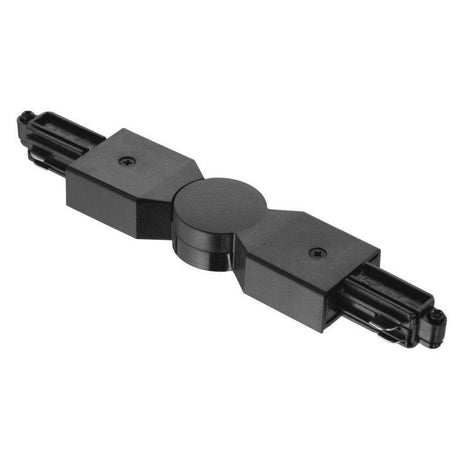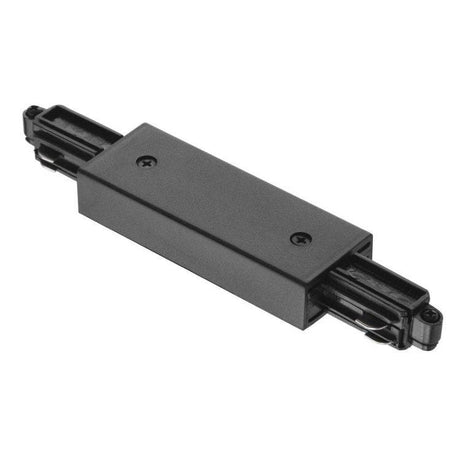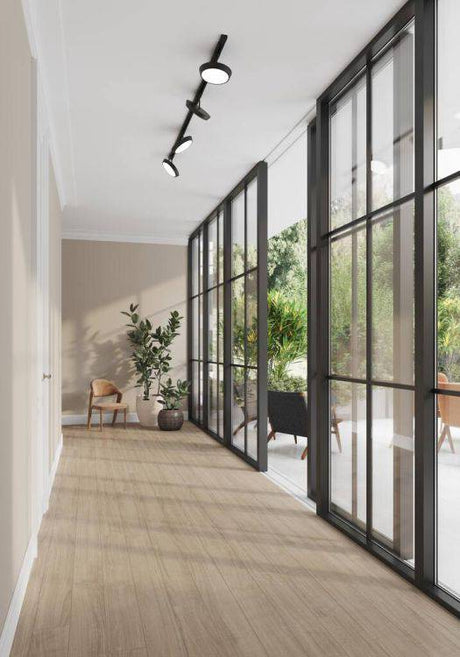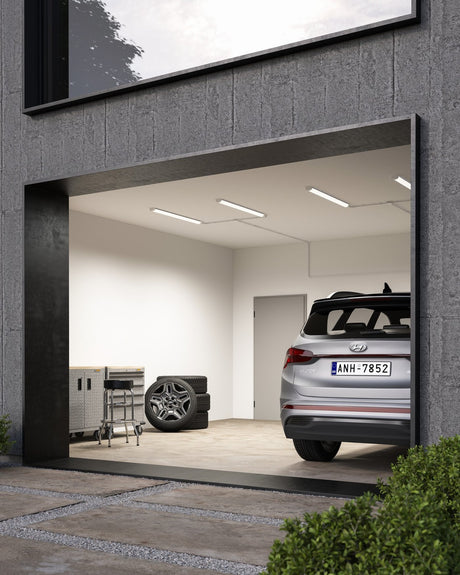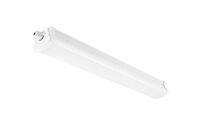Track lights are stylish, flexible, and easy to match with any room. Our range of track lighting and LED track lights gives you all the choices you need. Many designs rotate, swivel, and some can even slide, making it simple to shine light exactly where you want it. You’ll find options perfect enough to be used as living room lights for the ceiling, highlighting your prized possessions. Then we have modern black ceiling lights, and those in a white or silver finish.
Create a warm welcome with pieces that work beautifully as hallway lighting, or explore our smooth and simple ceiling track lights that blend into any decor. Use them as bathroom ceiling lights, all crafted to suit everyday homes. If you’re looking to pair your track lights with something extra, consider adding stylish wall lights and pendant lights for depth and contrast. Many of our track spotlights also come in sleek finishes that fit a wide range of interiors.
From cosy corners to busy family rooms, our track lighting and LED track lights give you fuss-free control. Choose black ceiling lights for a bold look. But if you want to keep things airy, go for white ones. When you are upgrading living room lights for the ceiling, refreshing bathroom ceiling lights, or brightening hallway lighting, our collection comes to your aid. With stylish ceiling track lights and adaptable track spotlights, you’ll never go wrong.
Link 1,8m | Track Light | Matt black
Regular price £49.10 Sale price £40.92Unit price /UnavailableFrøya Link | Track Light | White
Regular price £33.98 Sale price £28.32Unit price /UnavailableLatona 4W | Batten Light Fitting | White
Regular price £27.93 Sale price £23.28Unit price /UnavailableNordlux Clyde Link Track Light Matt white
Regular price £52.88 Sale price £44.07Unit price /UnavailableNordlux Clyde Link Track Light Black
Regular price £52.88 Sale price £44.07Unit price /UnavailableNordlux Link Cover Track Light White
Regular price £21.13 Sale price £17.61Unit price /UnavailableLink 1,8m | Track Light | White
Regular price £49.10 Sale price £40.92Unit price /UnavailableLink T-Connector right | Track Light | White
Regular price £26.42 Sale price £22.02Unit price /Unavailable- Regular price £34.74 Sale price £28.95Unit price /Unavailable
Searchlight Silver Domed Conical Track Spotlight Chrome Trim
Regular price £22.80 Sale price £19.03Unit price /UnavailableNordlux Munin Link Track Light Black
Regular price £33.98 Sale price £28.32Unit price /UnavailableNordlux Link Single Spotlight Black
Regular price £33.98 Sale price £28.32Unit price /UnavailableNordlux Link X-Connector Black
Regular price £36.25 Sale price £30.21Unit price /UnavailableNordlux Link X-Connector White
Regular price £36.25 Sale price £30.21Unit price /UnavailableNordlux Link T-Connector Left Black
Regular price £26.42 Sale price £22.02Unit price /UnavailableNordlux Link T-Connector Left White
Regular price £26.42 Sale price £22.02Unit price /UnavailableNordlux Link Double Adaptor White
Regular price £26.42 Sale price £22.02Unit price /Unavailable- Regular price £33.98 Sale price £28.32Unit price /Unavailable
Nordlux Link Single Spotlight White
Regular price £33.98 Sale price £28.32Unit price /UnavailableNordlux Link Opposite Adaptor Black
Regular price £24.91 Sale price £20.76Unit price /Unavailable- Regular price £34.74 Sale price £28.95Unit price /Unavailable
Nordlux Link Explore Spotlight White
Regular price £33.98 Sale price £28.32Unit price /UnavailableNordlux Link Connect Turnable White
Regular price £37.76 Sale price £31.47Unit price /Unavailable- Regular price £24.91 Sale price £20.76Unit price /Unavailable
- Regular price £24.91 Sale price £20.76Unit price /Unavailable
Nordlux Link T-Connector Right Black
Regular price £26.42 Sale price £22.02Unit price /UnavailableNordlux Link Opposite Adaptor White
Regular price £24.91 Sale price £20.76Unit price /UnavailableNordlux Link Cover Track Light Black
Regular price £21.13 Sale price £17.61Unit price /UnavailableNordlux Link Connect Turnable Black
Regular price £37.76 Sale price £31.47Unit price /UnavailableNordlux Link Explore Spotlight Black
Regular price £33.98 Sale price £28.32Unit price /UnavailableNordlux Link Double Adaptor Black
Regular price £26.42 Sale price £22.02Unit price /UnavailableNordlux Link Diskie Track Spotlight Black
Regular price £65.48 Sale price £49.11Unit price /Unavailable- Regular price £67.50 Sale price £50.62Unit price /Unavailable
Marisol 100 | Batten Light Fitting | White
Regular price £28.69 Sale price £23.91Unit price /UnavailableOakland 60 Double | Batten Light Fitting | White
Regular price £43.05 Sale price £35.88Unit price /UnavailableNordlux Cole Link Track Light White
Regular price £53.36 Sale price £40.03Unit price /Unavailable
Frequently Asked Questions
Can track lights be used outdoors?
Can track lights be used outdoors?
It is always better to check the instruction leaflet provided by the manufacturer to know if your track lights can be used outdoors or not. Many track lights are IP-rated and weather-safe safe and so can be used outdoors safely.
Are track lights dimmable?
Are track lights dimmable?
Yes, many track lights are dimmable. However, you need to meet two conditions: use compatible dimmer switches, and pair the lights with dimmable bulbs. When both conditions are met, only then will you be able to dim your track lights.
What features should I look for in track lights?
What features should I look for in track lights?
Look for rotation, swivelling, sliding movement, brightness options, energy-efficient bulbs, and styles that match your home.
What are the different options in track lights?
What are the different options in track lights?
We have straight batten lights for simple layouts. Our search lights are for a focused beam, and then we have spotlights for flexible direction. The choice of colour in these lights is black, silver/chrome, and white. These versatile colours give you plenty of ways to match the decor.



